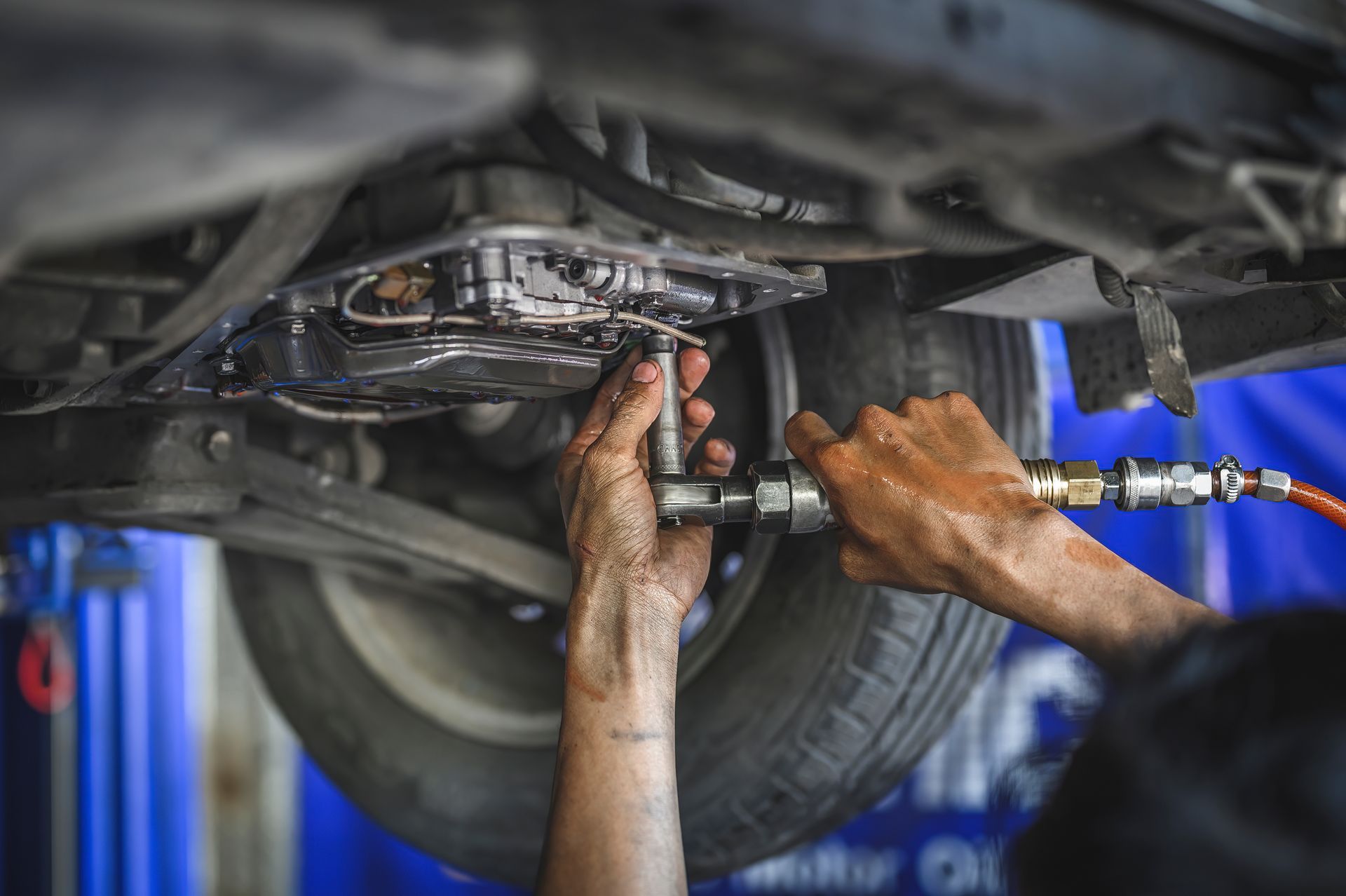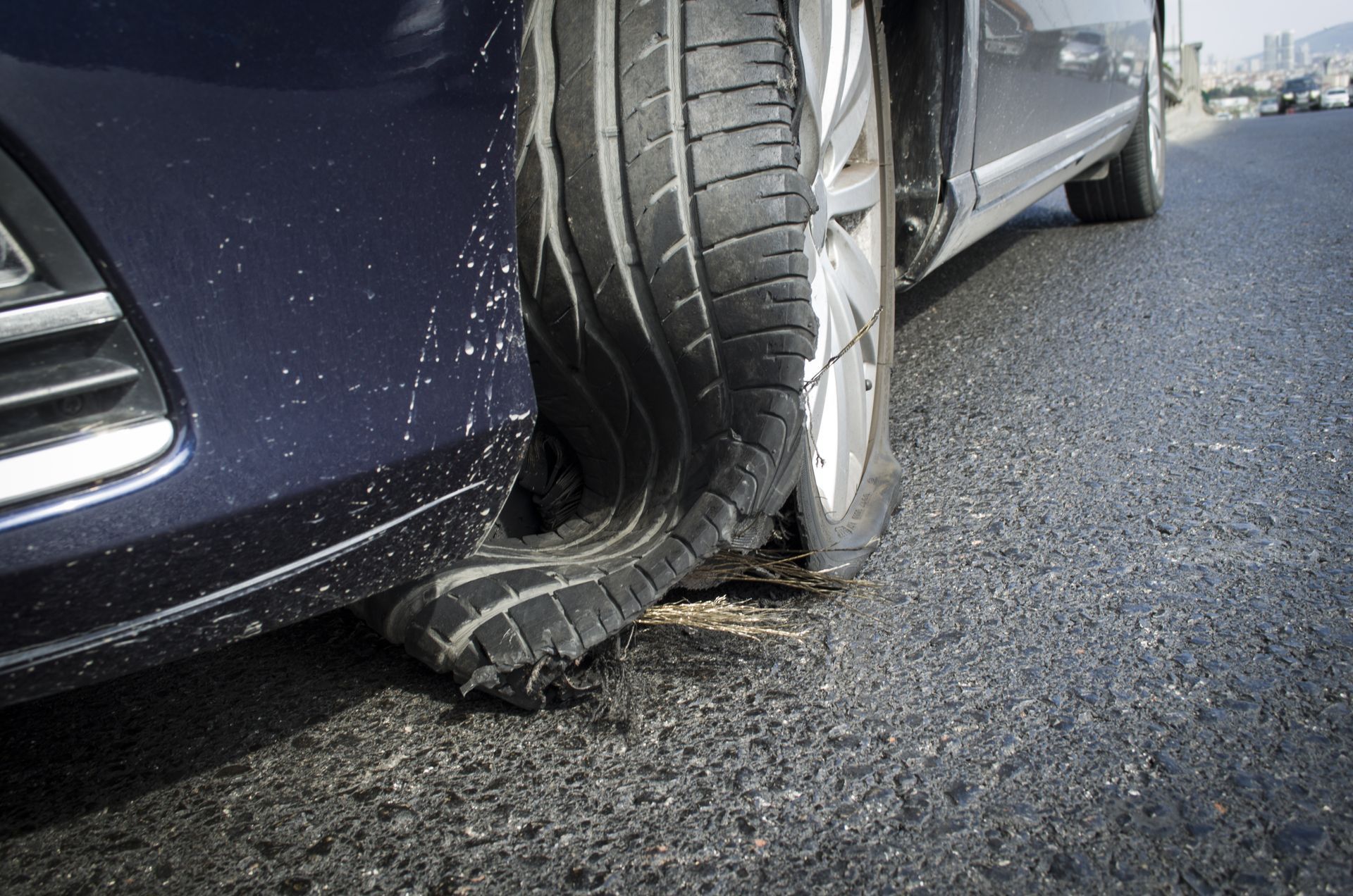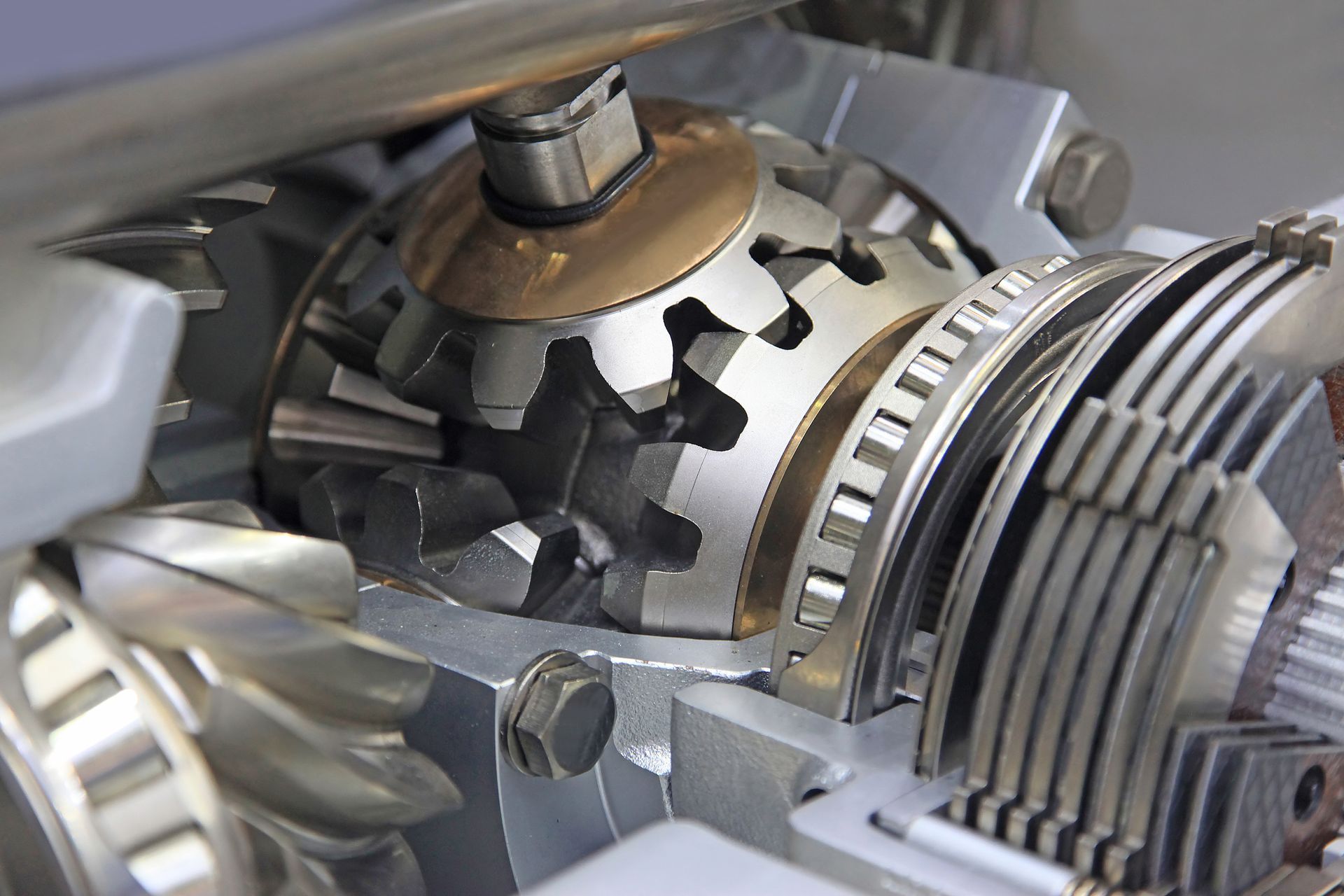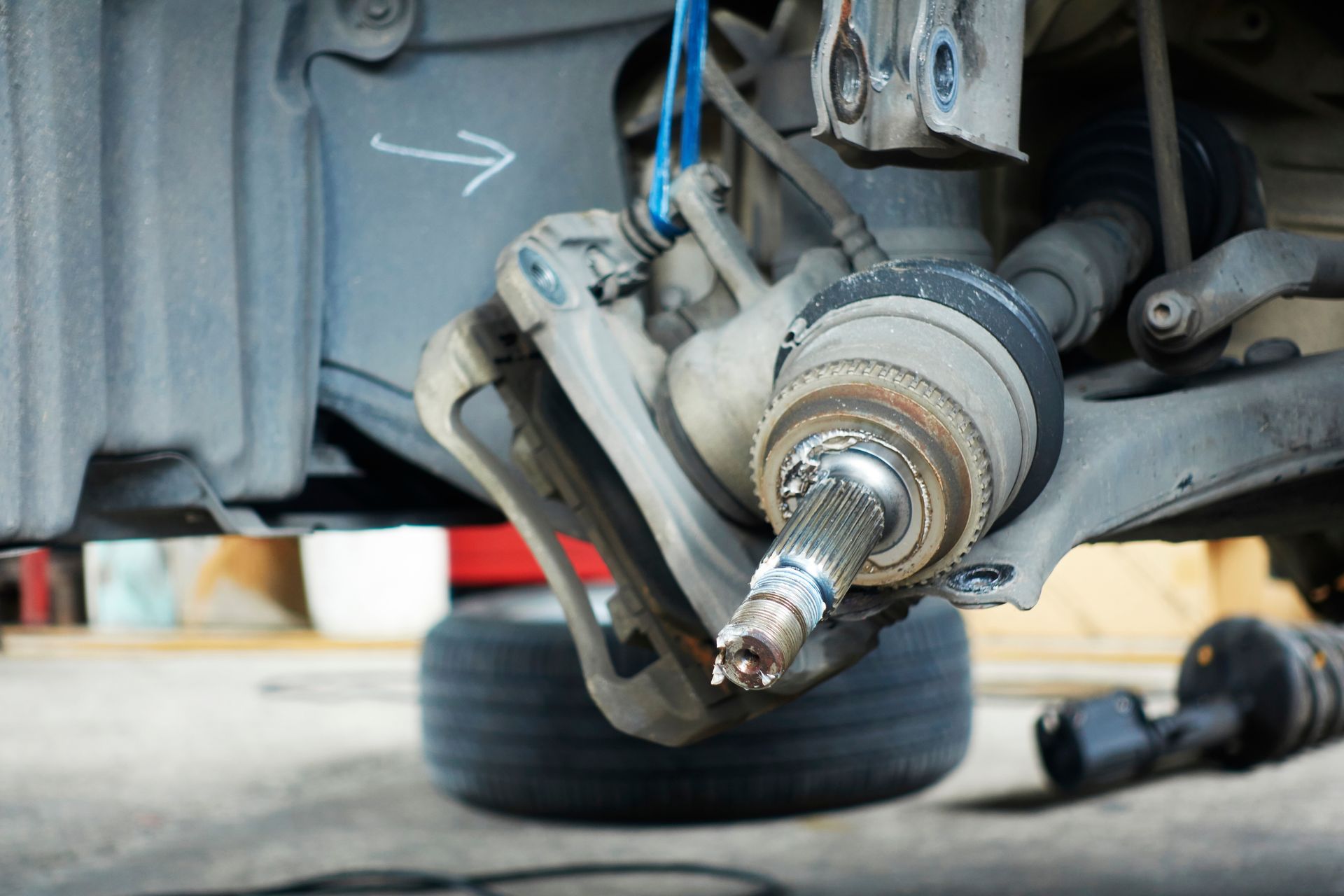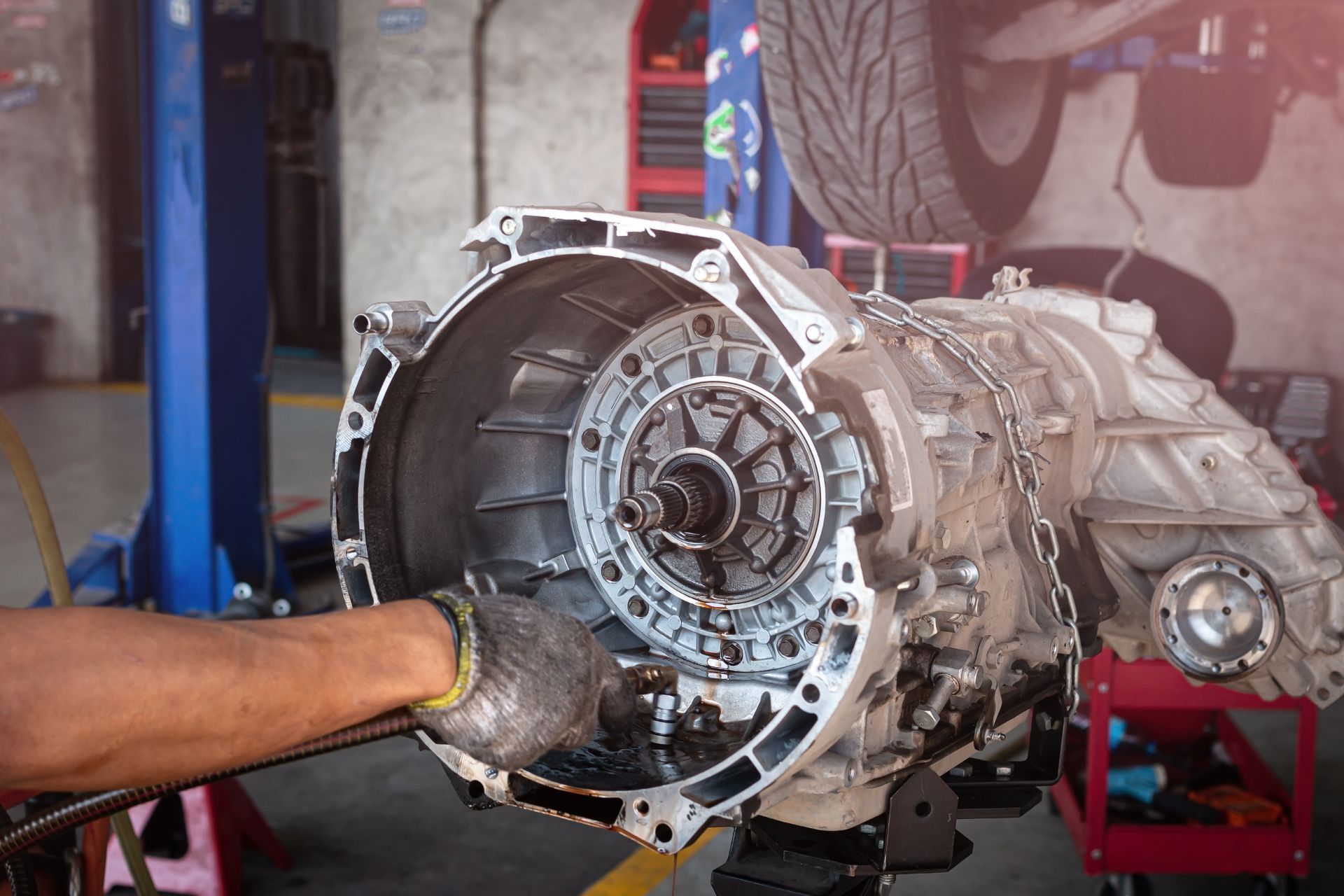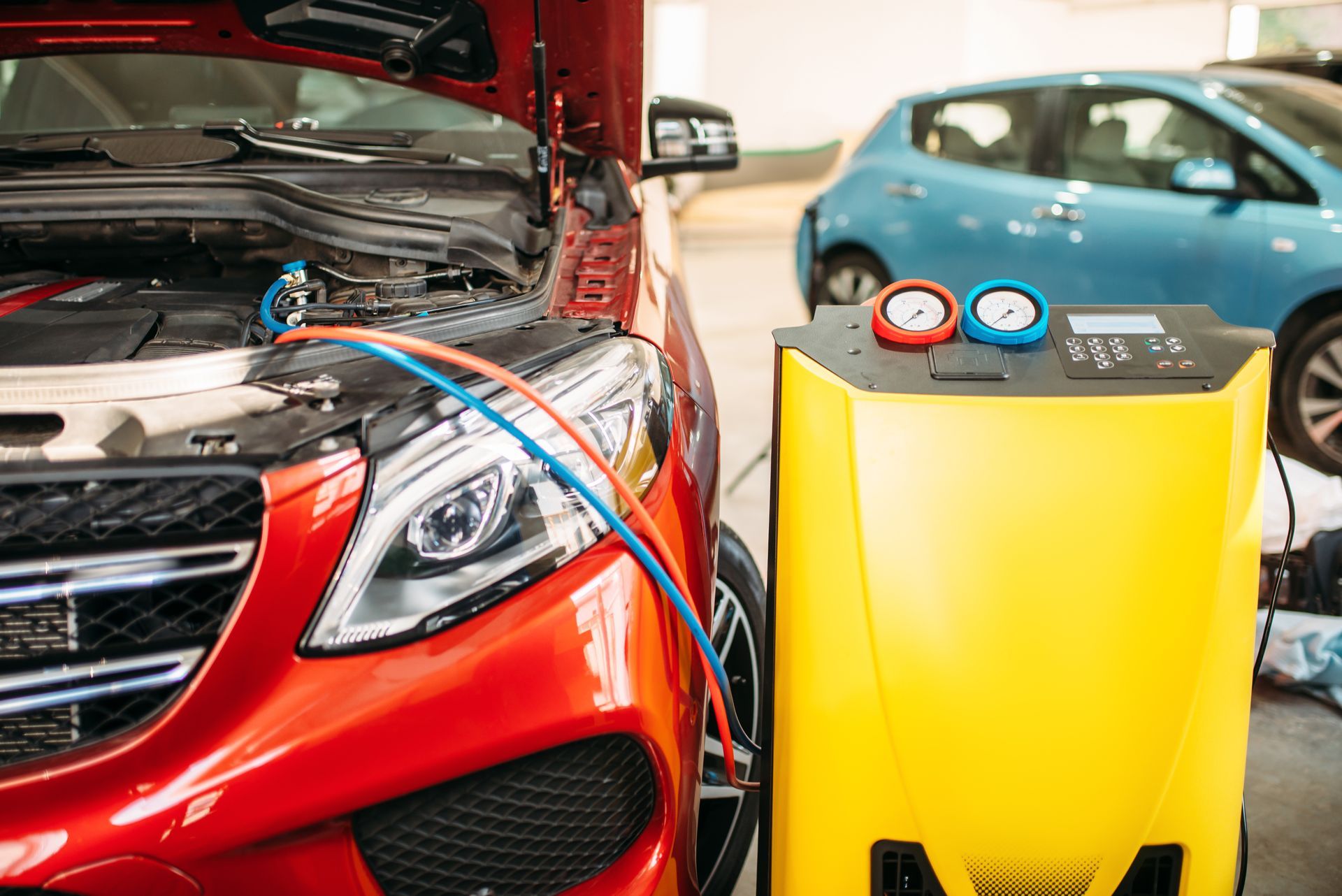Driving with a broken speedometer might not seem like a big deal at first, but it can quickly become a problem. If your gauge is stuck, reading incorrectly, or not moving at all, you're left guessing your speed—and that’s risky for both safety and legal reasons. While your car might still run just fine, ignoring the issue can lead to bigger trouble down the line. So, what’s behind a faulty speedometer, and how soon should you deal with it?
What Causes the Speedometer to Stop Working
Speedometers rely on a combination of mechanical and electronic components to display how fast you’re going. When one of those systems fails, the speed reading can become inaccurate—or stop altogether.
Some of the most common causes include:
Failed Vehicle Speed Sensor
This sensor monitors how fast your wheels are turning and sends that data to the car’s computer and dashboard. If it fails, you may lose not just your speedometer but also cruise control and shifting smoothness in automatic transmissions.
Blown Fuse or Wiring Issues
A broken wire, corroded connection, or failed fuse can interrupt the signal between the sensor and the dashboard.
Instrument Cluster Problems
Sometimes the gauge itself fails due to wear, internal circuitry problems, or even moisture inside the dash.
ECU or Transmission Malfunctions
In more advanced systems, the vehicle’s computer or transmission module may be the problem, especially if other sensors or warning lights are also acting up.
Driving With a Broken Speedometer Is Risky
It might seem harmless—especially if you think you can estimate your speed—but driving with a faulty speedometer creates real risks:
Speeding Without Knowing It
It’s easy to misjudge your speed, especially on long, empty roads or in unfamiliar areas. You could get pulled over and fined for unintentionally speeding.
Unsafe Driving in Traffic
On busy roads, you need to know your speed relative to other drivers. Going too slow or too fast for conditions can cause accidents or near-misses.
Transmission Problems
In many automatic cars, the speed sensor helps manage shifting. A faulty reading can lead to hard shifts, hesitation, or even limp mode.
Failed Inspections or Legal Issues
In many states, driving with a non-functioning speedometer is illegal, and your vehicle might fail inspection if it’s not fixed.
How to Tell If It’s a Sensor or a Dashboard Problem
Sometimes, it’s tough to tell whether the problem lies in the sensor or the gauge itself. If your odometer stops working too—or if your check engine light is on—chances are good that the speed sensor is to blame.
You might also notice:
- Sluggish acceleration or poor shifting (especially in automatic cars)
- Cruise control failing to engage
- ABS or traction control lights illuminating
If everything else seems fine and only the speedometer is stuck or nonresponsive, it may be an instrument cluster issue instead.
Temporary Alternatives While Waiting for Repairs
If your speedometer is broken and you absolutely must drive before getting it fixed, use extra caution. Some navigation apps (like Google Maps or Waze) display your estimated speed based on GPS data. While not perfect, they can give you a decent reference.
However, GPS isn’t always accurate in tunnels, tight curves, or heavy urban traffic. And relying on an app isn’t a permanent fix—it’s just a tool to help you get safely to your next stop, which should be a repair shop.
Don’t Ignore Speedometer Issues
A broken speedometer might seem like a minor inconvenience, but it’s a core safety feature—and when it’s not working, you’re at a disadvantage every time you get behind the wheel. Catching the issue on time can help avoid expensive repairs later, especially if the root cause lies deeper in the transmission or electrical system.
It also helps maintain your vehicle’s resale value and ensures your car stays road-legal and compliant with local laws.
Eagle Transmission & Auto Repair – Trusted Diagnostics Across Texas
If your speedometer isn’t working, bring your vehicle to
Eagle Transmission & Auto Repair, with multiple locations across Texas. Our technicians will quickly identify the cause—whether it’s a sensor, fuse, wiring, or something deeper—and get your gauges working accurately again.





























